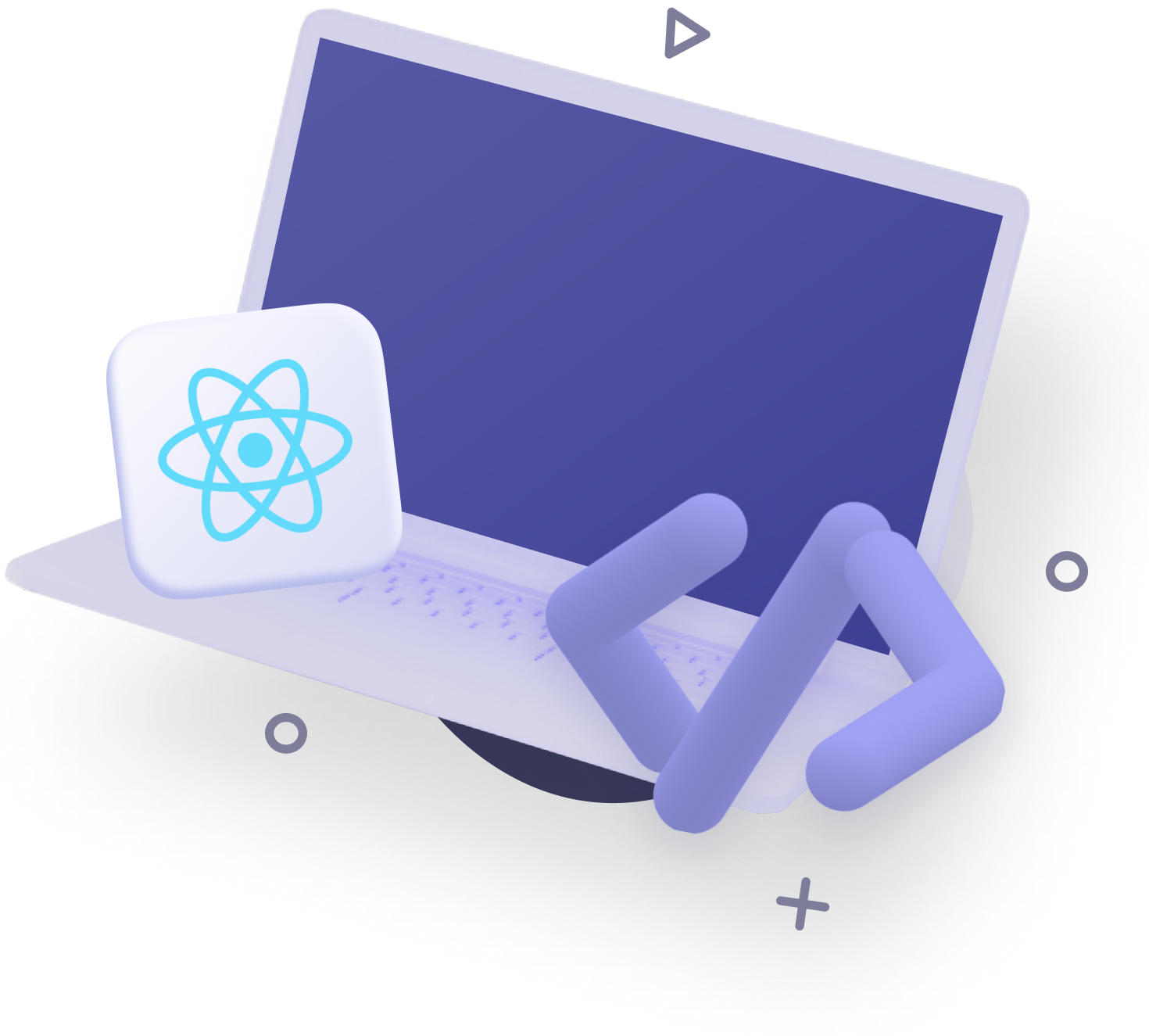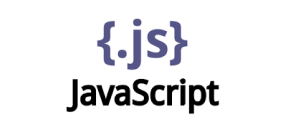React JS Development Services
Are you fed up with app development companies promising a lot but not delivering good results? You have reached the appropriate location.
Geniusee is a leading React JS development company with experience providing the most challenging and difficult React JS development services. We have React JS developers with a lot of experience and expertise who quickly put new technologies into business-driven applications.




























































